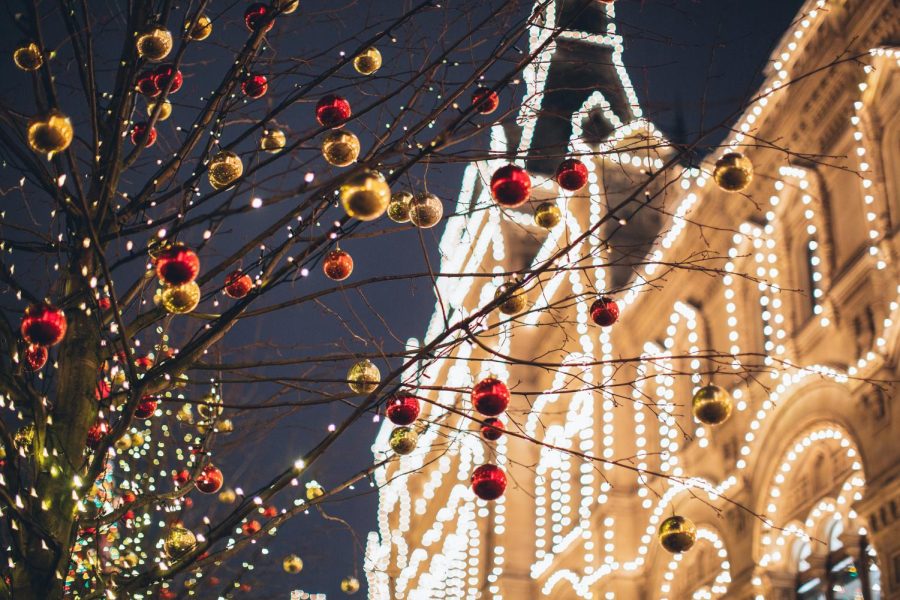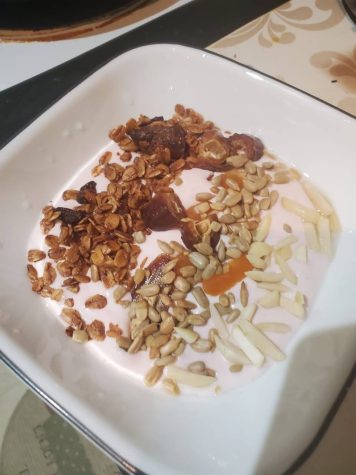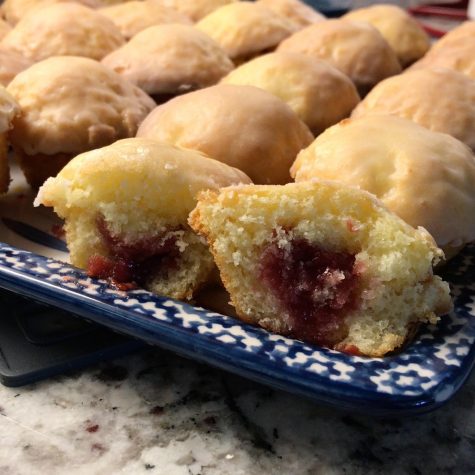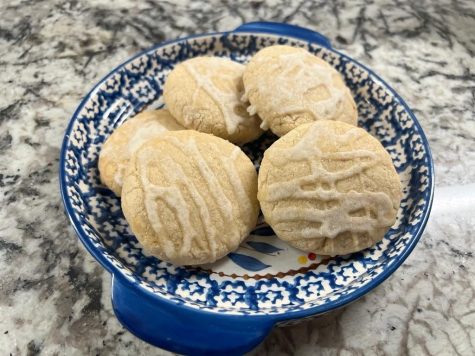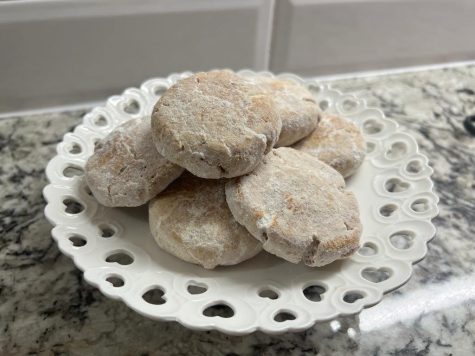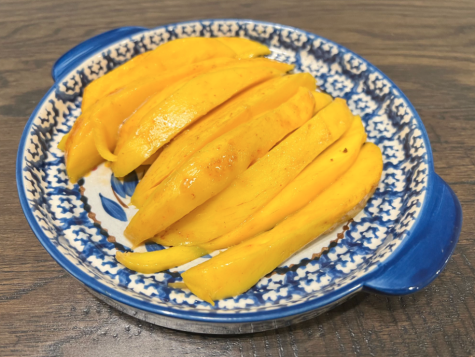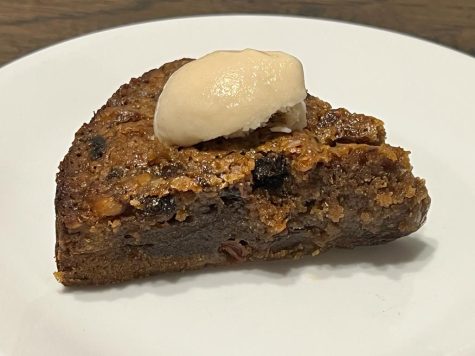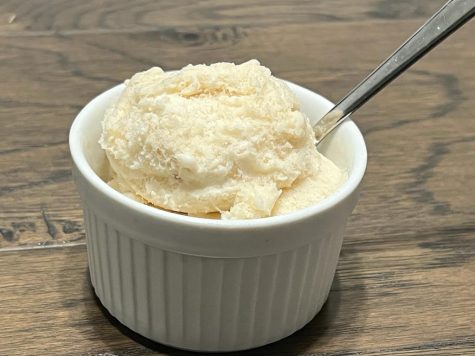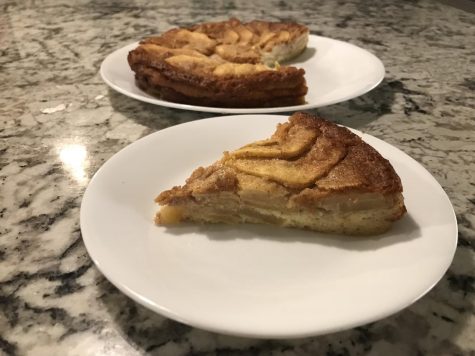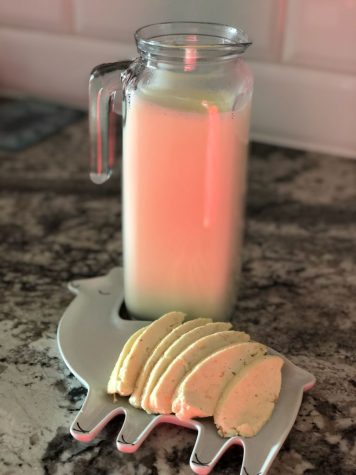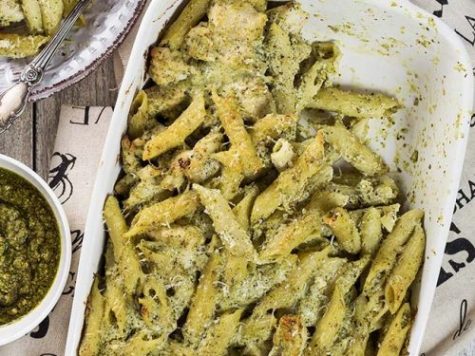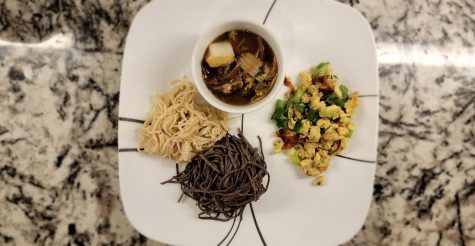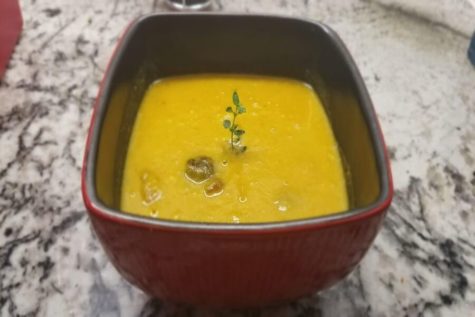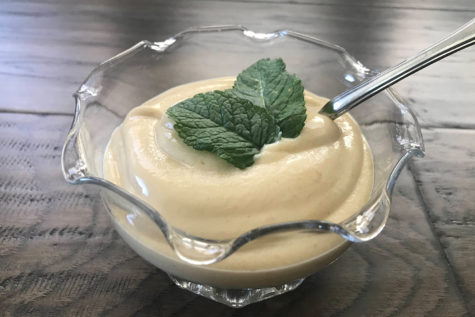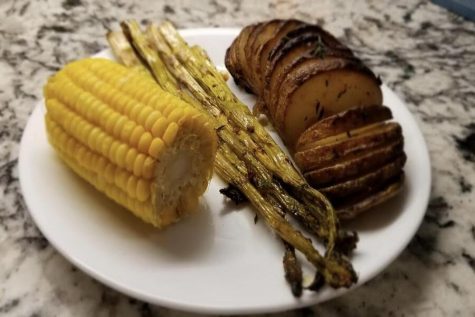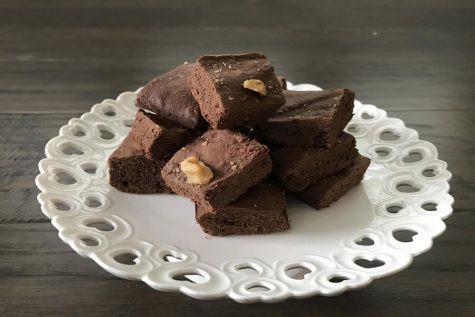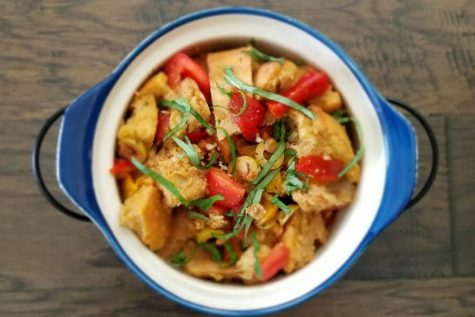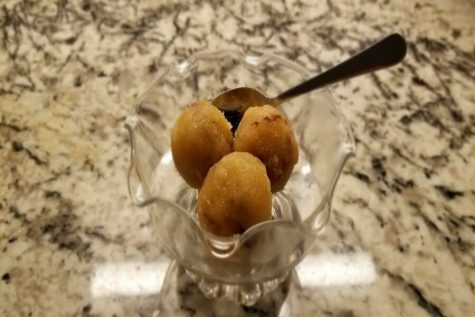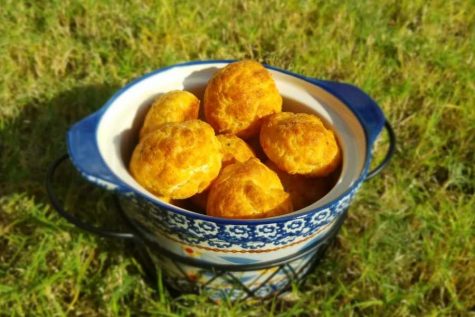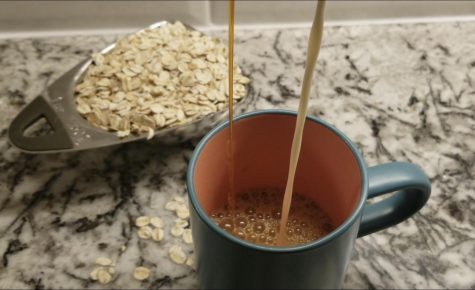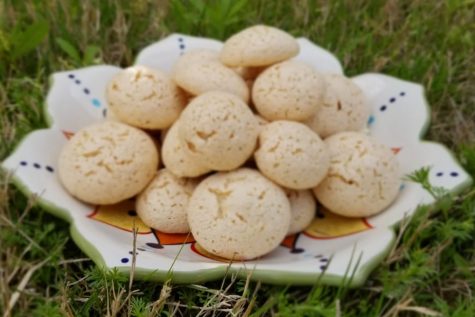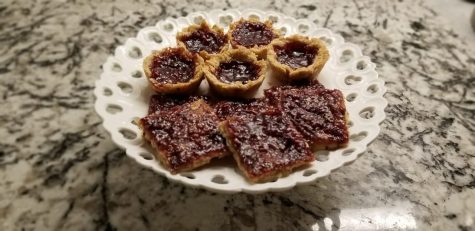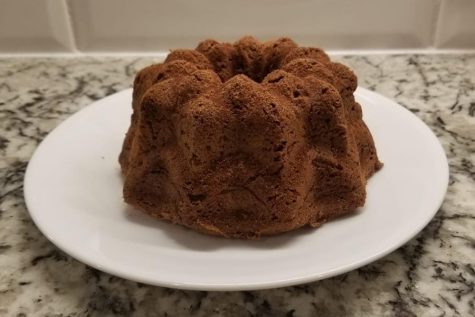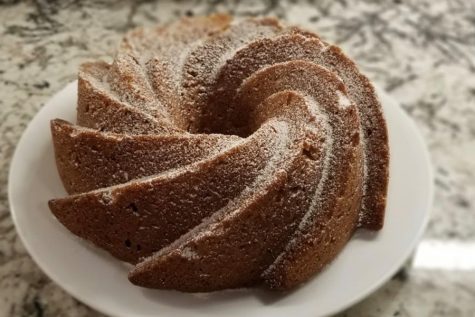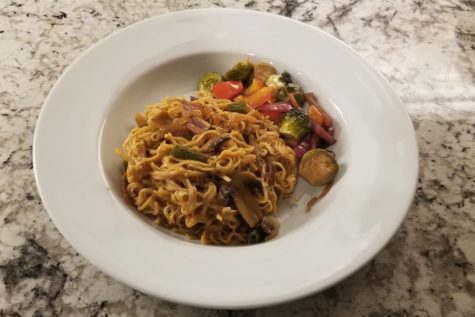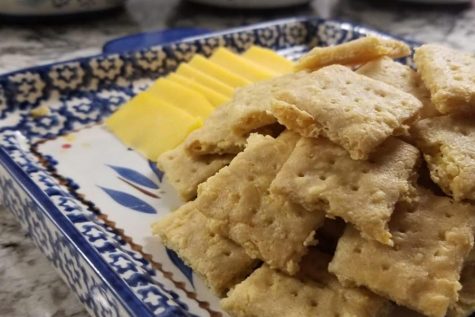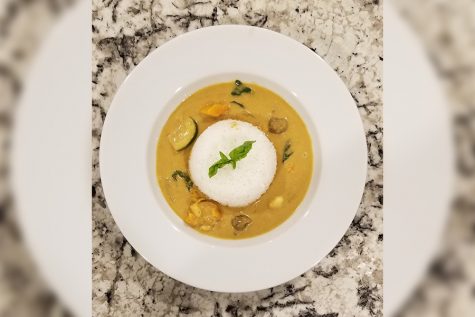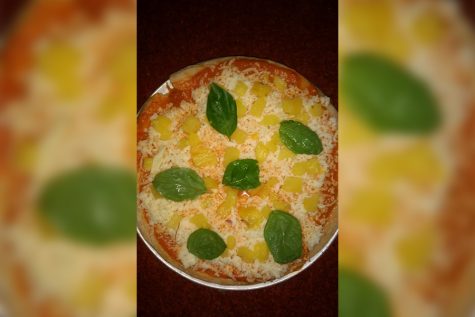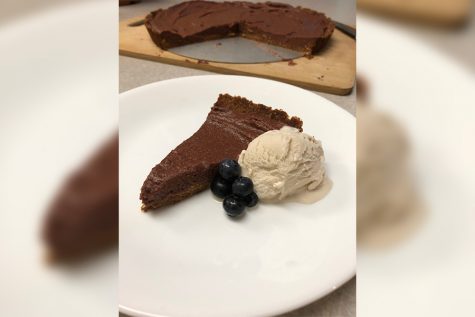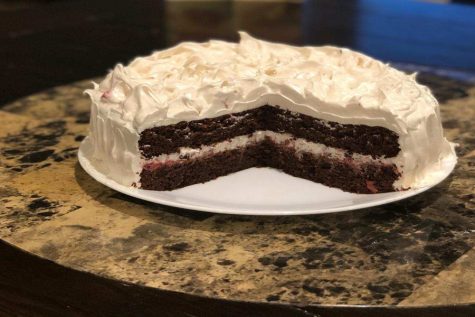Goodbye Gluten: chocolate peanut butter brownies
In spirit of Halloween soon approaching, Girish explains how to combine chocolate and peanut butter to create the perfect treat similar to the popular Halloween candy, Reese’s chocolate.
Chocolate and peanut butter… what a magnificent combination. I don’t have the words to express how much I adore chocolate and peanut butter. Not wanting to wait for Halloween to satisfy my Reese’s craving, I decided to make a decadent chocolate cake with a peanut butter crumble.
Now, this cake is made from a brownie recipe, but there is relatively less amount of flour compared to other brownies recipes. The end result is a smooth rich cake that satisfies the brownie lovers but is also light and fluffy.
I use monk fruit sugar in this recipe because it is not only a healthier substitute for regular sugar, but it also gives a subtle sweetness and preserves the rich chocolate flavor everyone looks for in a brownie.
Ingredients
- 6 tbsp of softened butter
- ¼ cup + 2 tbsp sugar
- ½ tsp salt
- 2 eggs
- 1 ½ tsp vanilla extract
- ½ cup melted semi-sweet chocolate
- ¼ cup gluten free flour
- 1 tbsp + ¼ tsp cocoa powder
- 2 tbsp chocolate chips
Peanut butter topping
- 2 tbsp softened butter
- ½ cup peanut butter
- 2 tbsp sugar
- 1 egg
Directions
- Grease and line a 9×9 inch baking pan with oil and parchment paper
- Preheat oven to 375 ℉
- Cream together the butter sugar and salt until it is light and fluffy
- Slowly incorporate the eggs one by one and add the vanilla extract
- In a separate bowl, combine the flour and cocoa powder
- Add the dry ingredients on to the wet ingredients and mix until you have a smooth runny batter
- Fold in the chocolate chips and pour the batter into the prepared cake or brownie tin and set aside
- For the peanut topping, cream together the butter, peanut butter, and sugar.
- Whip up the egg in a separate bowl and slowly add it to the butter mixture; adding the whole egg at once may cause the mixture to curdle
- Spoon or pipe the mixture on the cake batter and bake for 18-20 minutes
- The peanut topping will slightly start to brown; check to see if it has baked by poking the cake all the way to the bottom with a skewer; If it comes out clean, your cake is ready
